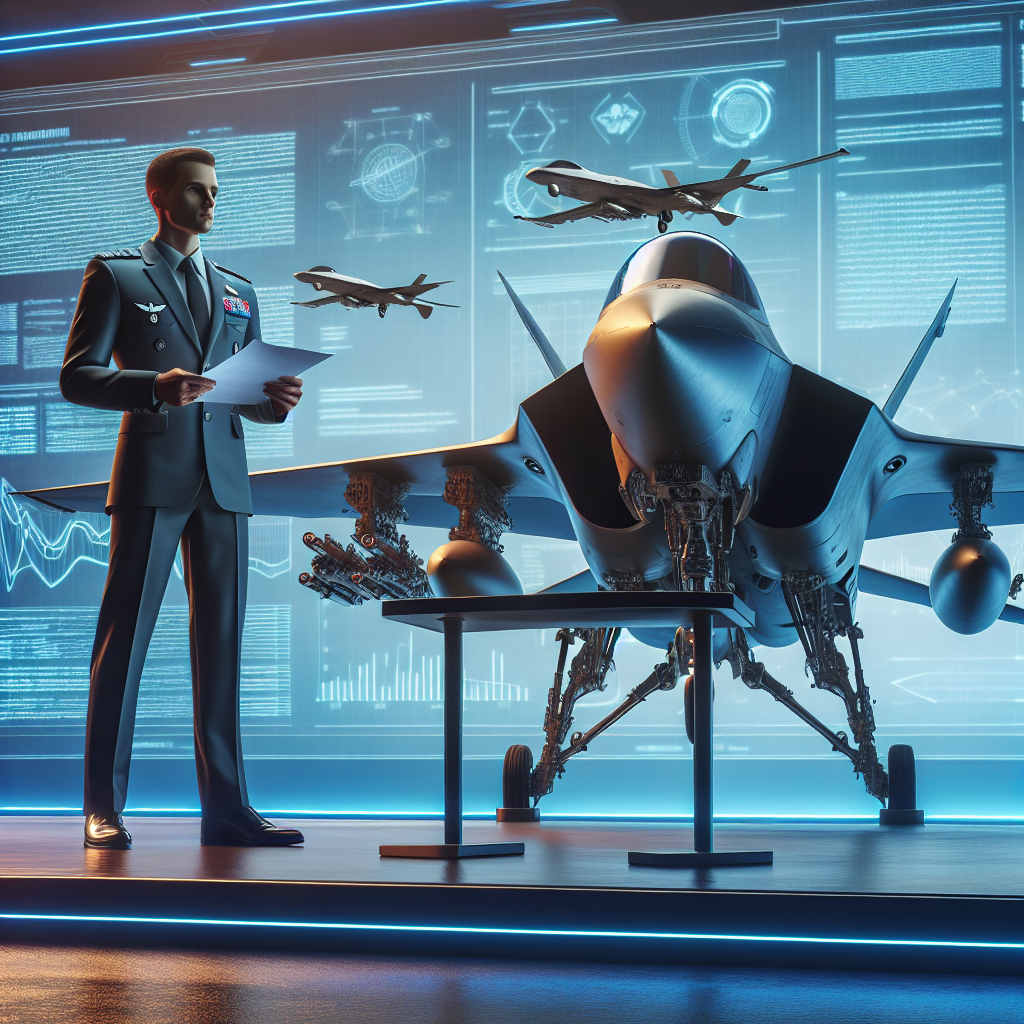On May 15, 2025, the US Air Force Chief of Staff General David Alvin shared detailed information about the sixth-generation fighter jet F-47 and its loyal wingman Combat Command Aircraft (CCA) unmanned drones under the “Next Generation Air Dominance” (NGAD) program. These unmanned drones are currently under development as part of the US air superiority strategy.
This progress comes as China continues to advance its next-generation fighter jet plans, with prototypes of the Chengdu J-36 and Shenyang J-50 appearing in public test flights since the end of last year. However, Beijing has yet to confirm whether the aircraft seen in test flights are indeed their next-generation combat aircraft.
According to the chart released by Alvin, the combat radius of the F-47 will exceed 1,000 nautical miles (1,852 kilometers), far surpassing the approximately 590 nautical miles (1,090 kilometers) combat radius of the F-22 Raptor it is set to replace. The F-47 is designed to have a maximum speed of over 2 Mach, and is planned to be in service between 2025 and 2029 with over 185 units expected to be acquired. In addition, the accompanying CCA unmanned combat drones YFQ-42A and YFQ-44A are also planned to be in service between 2025 and 2029, with a designed combat radius of over 700 nautical miles (about 1,296 kilometers) and over 1000 units to be procured.
The US Air Force states that the F-47’s extended range far exceeds its predecessors, with a 70% increase in combat radius compared to the F-22. Its enhanced range and stealth capabilities allow it to operate from safer bases further away from conflict zones, thereby reducing the vulnerability of US military facilities near conflict areas.
The manned aircraft component of the NGAD (Boeing F-47) has long been a topic of significant importance and popularity in terms of its range and overall performance. The ability to penetrate and operate deep within enemy “anti-access/area denial” (A2/AD) zones is a key feature of the F-47. While some argue that range and endurance are far more critical than other performance indicators, there are differing views on whether a balanced design akin to traditional fighter jets should be adopted. Overall, the F-47’s combat radius of “over 1,000 nautical miles” represents a significant improvement over other current fighter jets, though not as extensive as some radical perspectives suggest.
According to defense experts and previous statements by the US Air Force, the F-47 and CCA unmanned drones are expected to be crucial for combat operations throughout the entire Indo-Pacific region. US Indo-Pacific Command Commander Admiral Samuel Paparo warned that China is surpassing the US in advanced combat aircraft production and may impede US efforts to achieve air superiority within the first island chain (a string of islands in the Pacific closest to China, including parts of Japan and the Philippines).
Despite progress in the NGAD program, the initial estimated cost of around $300 million per F-47 has led to a review, causing a pause in the strategic reassessment in the middle of last year. This pause reflects broader financial pressures on the US military, as the US Air Force is currently advancing important projects such as the B-21 Raider stealth bomber and the LGM-35 Sentinel intercontinental ballistic missile simultaneously.

